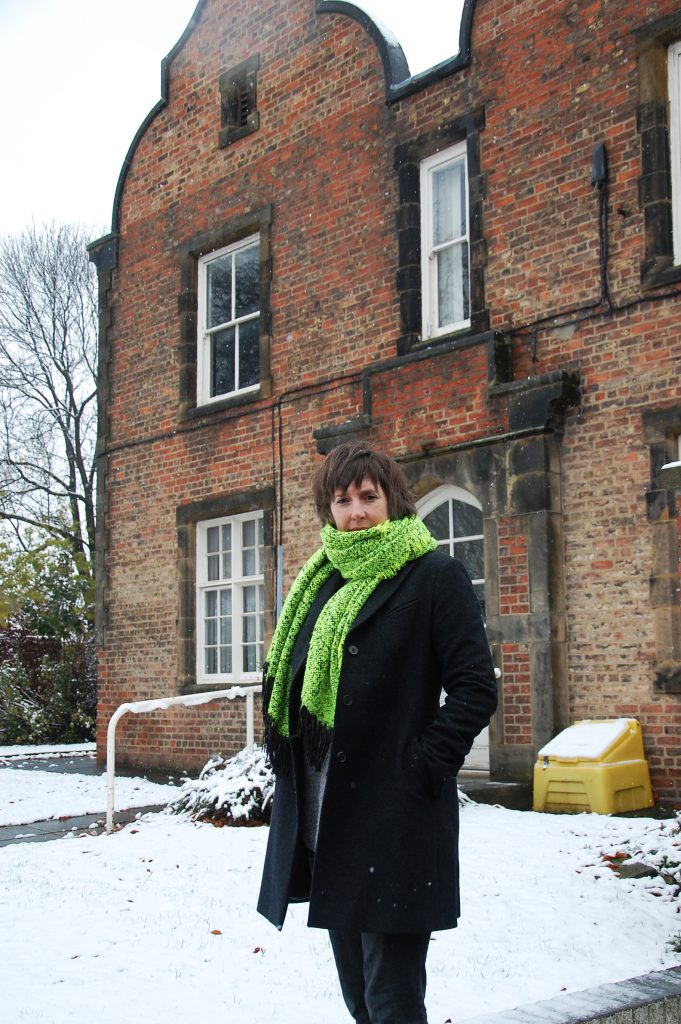A guest blog from artist Pippa Hale, who created thought-provoking commission, Consumption, which explores social history at the Workhouse Museum.
I’m absolutely thrilled to be working with Ripon Museums Trust to create a new site-specific artwork for the former Dining Hall, which will be opened later this year as part of the Workhouse Museum’s expansion.
The work will be a performance and short film that shows the preparation and consumption of a standard meal served to inmates in 1861. The meal will be cooked and eaten by up to fifty of the museum’s volunteers in the original Kitchen and Dining Hall, both of which are currently empty. The final film will be screened in the same empty Dining Hall.
I remember the visiting the museum for the first time and being overwhelmed by the hardship faced by the poor who were interred here: the mindless work and long hours, the paltry food portions, the splitting up of families. I’m sure many of us are familiar with workhouse horror stories, so I was surprised to find a census from 1861 listing all inmates at Ripon Workhouse and to discover so many older people living here. Usually, we think conditions were so harsh that only the fittest and strongest survived, but Ripon seemed to buck the trend. Here, nearly half of inmates were over 60 years old and 90% of those were living well into their 70s and 80s. So, the question arose, was there something about regular meals and company that led to longer life?
Also on that first visit, I was made to feel very welcome by the team of volunteers at the museum, all of whom were incredibly friendly and knowledgeable. Despite the grim subject matter, they were upbeat and the sense of camaraderie amongst them was tangible. I noticed (and I hope they won’t mind me for saying!) that they were all older people and a connection with the past opened up: the workhouse has been a focal point for a community of older people both in the past and in the present, albeit under different circumstances!
A sense of community and belonging is vitally important for our health as we get older. I was shocked to read a recent Age UK report ‘No One Should Have No One: Working To End Loneliness Amongst Older People’. The report cites at least 1.2m older people in England are chronically lonely with half a million going 5 or 6 days without seeing or speaking to anyone. The worrying thing is that this seems to have a direct impact on our mental and physical health as people who are lonely are far more likely to develop heart conditions, depression or dementia. And as a population, we’re all getting older so these numbers are set to rise.
Society has progressed in many ways since the 19th century, but loneliness is a hidden spectre that lurks in the shadows. I’m interested in the role of the workhouse in older people’s lives in 1861 and 2017. By using the old Dining Hall as the site for this project I hope to collapse the gap between the past and the present. There’s something powerful and immediate about standing in a space where our forebears once stood. By re-creating a meal in the same space inmates would have eaten every day over 150 years ago, by watching the way in which the volunteers work, eat and interact together I hope to raise questions about health and well being in later life. How do we create community as we get older and our social connectivity changes? How do we sustain ourselves nutritionally and socially? Are there lessons to be learned from the past that can improve our quality of life in the 21st century?
Pippa’s project was funded by Arts Council England.
 Workhouse Museum
Workhouse Museum